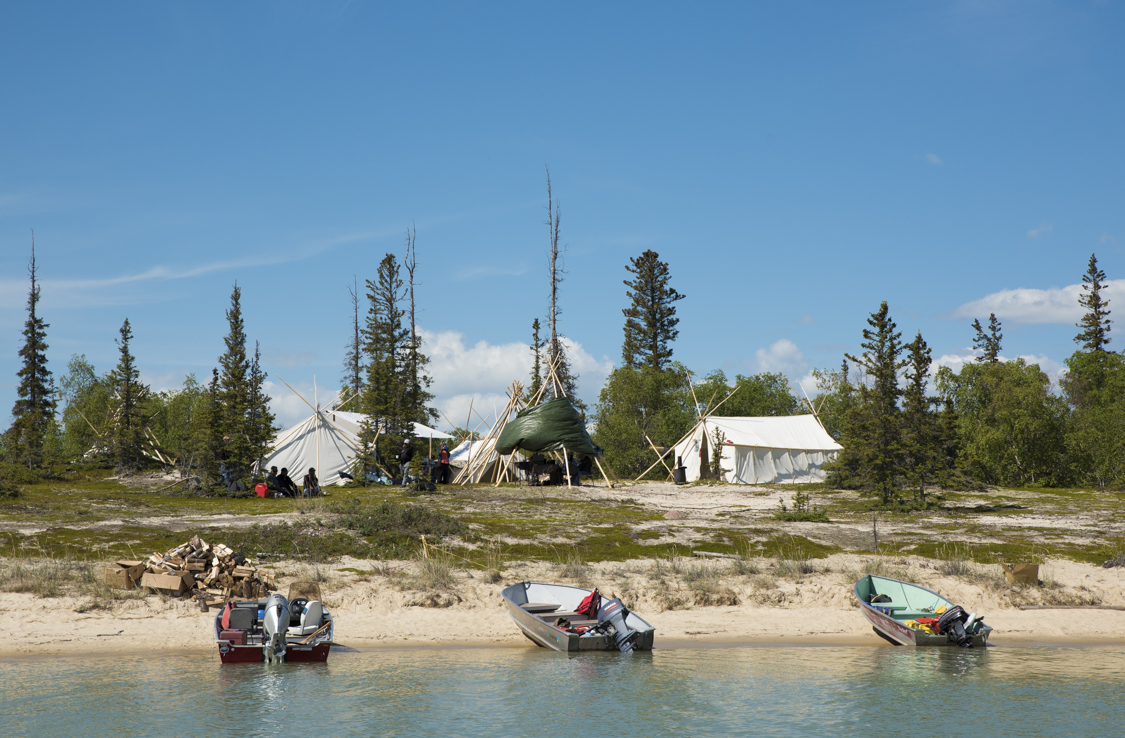The Foundation is pleased to announce the Hudson Bay and James Bay Lowlands and the Mackenzie River Basin as our geographical areas of funding focus under Carbon Landscapes.
Funding will support on-the-ground protection, restoration, and stewardship efforts to store and sequester carbon in these two globally significant regions. This complements our work under Carbon Landscapes Strategy 1, which is focused on building sector capacity, intellectual leadership, and public understanding of linkages between climate and conservation issues in Canada through research, policy analysis, and outreach efforts.
In June, Metcalf’s Board approved our first grant under Strategy 2:
$225,000 over three years to Tides Canada in partnership with Lutsel K’e Dene First Nation, K’atl’odeeche First Nation, Dehcho First Nations, Sambaa K’e First Nation, Ka’agee Tu First Nation, Jean Marie River First Nation, Tlicho Government, and the community of Fort Good Hope.
In Canada’s Northwest Territories, territorial and Indigenous governments are in the final stages of establishing up to eight new protected areas. The protected areas that have been proposed are not only culturally and ecologically significant but serve a vital and nationally important role in storing and sequestering carbon. Since 2014, Tides Canada’s Northern Terrestrial Conservation program has been facilitating collaboration and supporting the organizational capacity of Indigenous governments to engage in this protected areas planning process.
Over the next three years, funding will support Tides Canada to:
- Host, coordinate, advise, and facilitate the collaborative work of the Indigenous governments, regularly convening them to develop shared approaches to advocacy, negotiation, and planning in the interest of advancing candidate protected areas;
- Sustain and in some cases amplify the core capacity of some of the Indigenous governments, as the flurry of work to establish each candidate protected area increases the closer it gets to the “finish line”; and
- Work in partnership with the Indigenous governments to undertake an evaluation of the carbon storage and sequestration role played by the candidate protected areas as a key rationale for supporting formal establishment of these protected areas.


